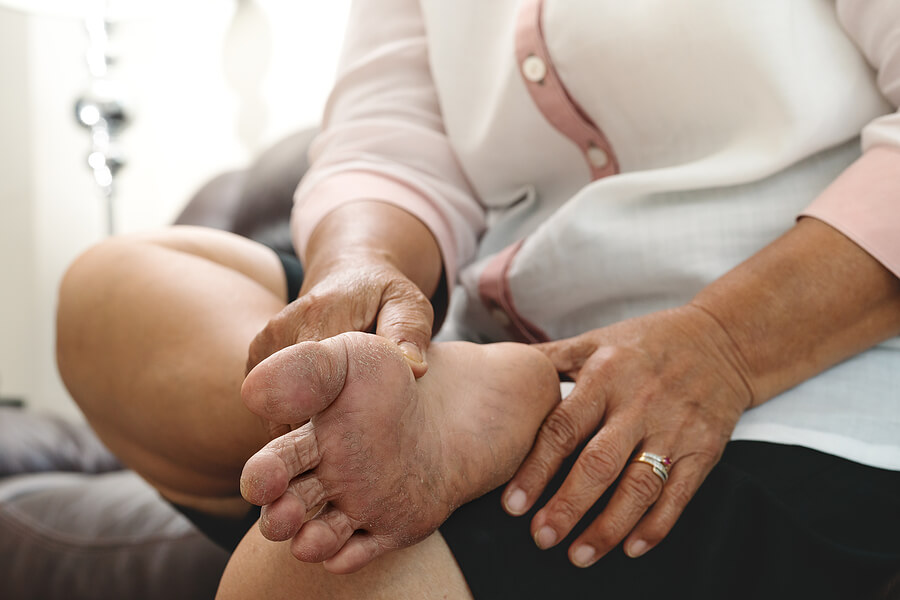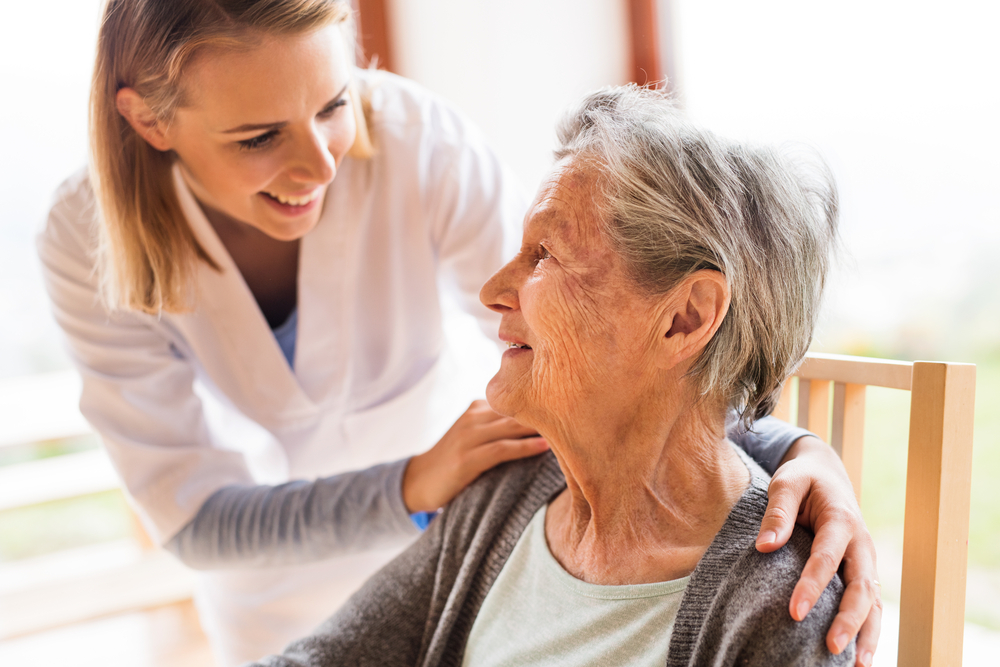Poor Circulation in Feet: Causes and How to Improve
Category:

As we grow older, developing some circulatory impairment is natural. Not only does our circulatory system become less efficient, but we’re also more likely to develop a variety of health conditions that might impair it further. While poor circulation in feet is often nothing to worry about, working to improve circulation in feet is something that can have a real impact on a person’s quality of life.
Signs of Poor Circulation in Feet
Poor circulation is usually experienced in extremities like the feet. But poor circulation in feet symptoms can vary. But the most common signs of poor circulation in feet include:
- Muscle cramps
- Pain or numbness
- Throbbing or stinging sensations
- Cold feet
- Discoloration
- Tingling
Download a Free Guide to Home Care
What Causes Poor Circulation in Feet?
These symptoms are usually not serious. But when persistent, poor circulation can actually indicate a serious health risk. Some common causes of poor foot circulation include obesity, diabetes, deep vein thrombosis, atherosclerosis (hardened arteries), peripheral artery disease, and smoking. A sedentary lifestyle can contribute, and so can diets that aren’t heart-friendly.
Even though poor circulation in feet does not usually indicate a serious problem, circulatory problems that persist should be brought to the attention of your doctor. Because they can sometimes be the sign of a blood clot or a condition that hardens the arteries, which increases the risk of serious complications.
How to Improve Circulation in Feet
The best poor circulation in feet treatment will depend on the source of the circulatory problem. But virtually all solutions will incorporate some form of exercise. Because even a casual walk for even five minutes each day can help improve circulation. While sitting, you can do calf stretches, heel/toe raises, or ankle rotation exercises. Even while laying, any number of simple exercises can help improve circulation problems in feet.
It’s also important to remain well hydrated because it allows the heart to have an easier time pumping blood. Losing excess body weight can do the same thing, and it can help prevent the buildup of arterial plaque. For dietary changes, fatty fish, garlic, cayenne pepper, turmeric, leafy greens, and cinnamon have been shown to help improve blood circulation. Some studies suggest tea helps improve circulation, too.
Looking for immediate relief? Cold temperatures have a negative impact on circulation, so heating pads, thick socks, and electric blankets can go a long way towards helping. While those kinds of solutions can make the symptoms of poor circulation in feet more bearable in the short term, a longer-term solution will usually require a more holistic approach.
Improving Circulation in Feet
If you have poor circulation, your symptoms probably don’t indicate a serious health problem, and there are things you can do to make them go away. Some of them are as simple as taking a walk. But restoring healthy circulation does take a little time and dedication. If you watch what you eat and manage other health conditions, poor circulation isn’t that tough to overcome.
Subscribe
Date: July 22, 2020
Category:


